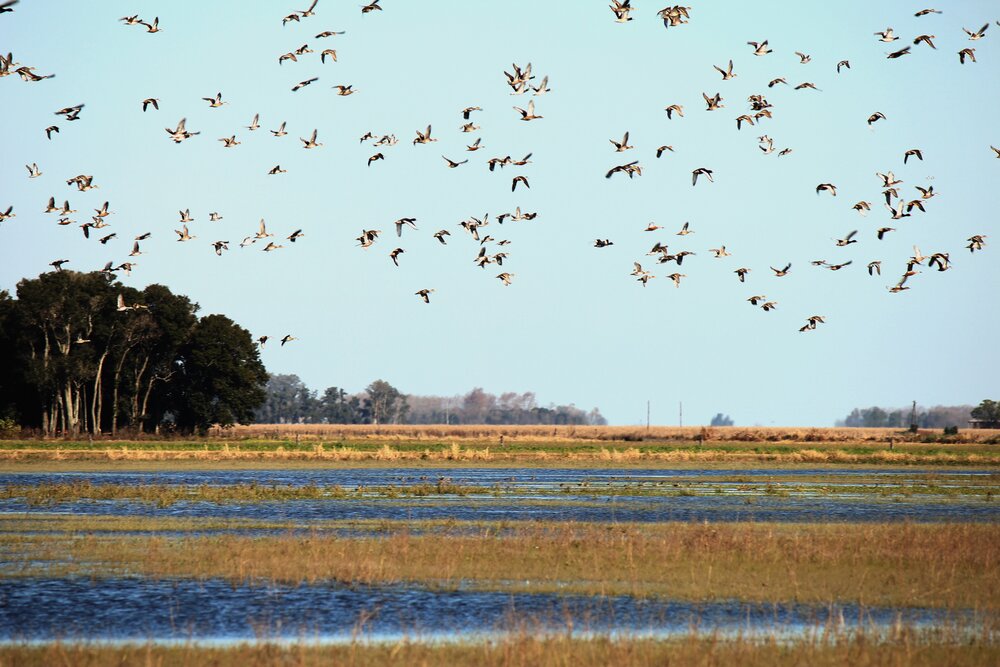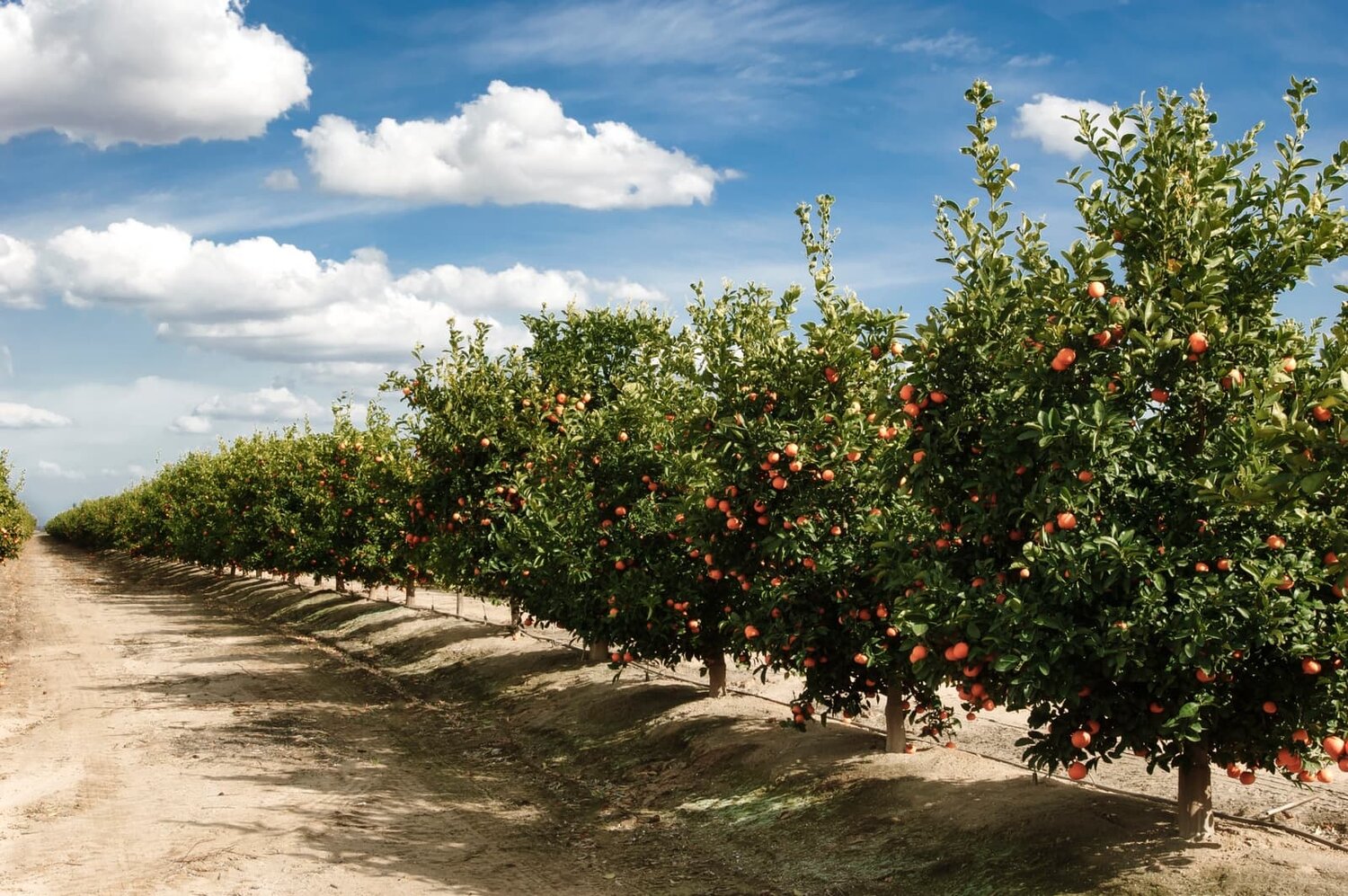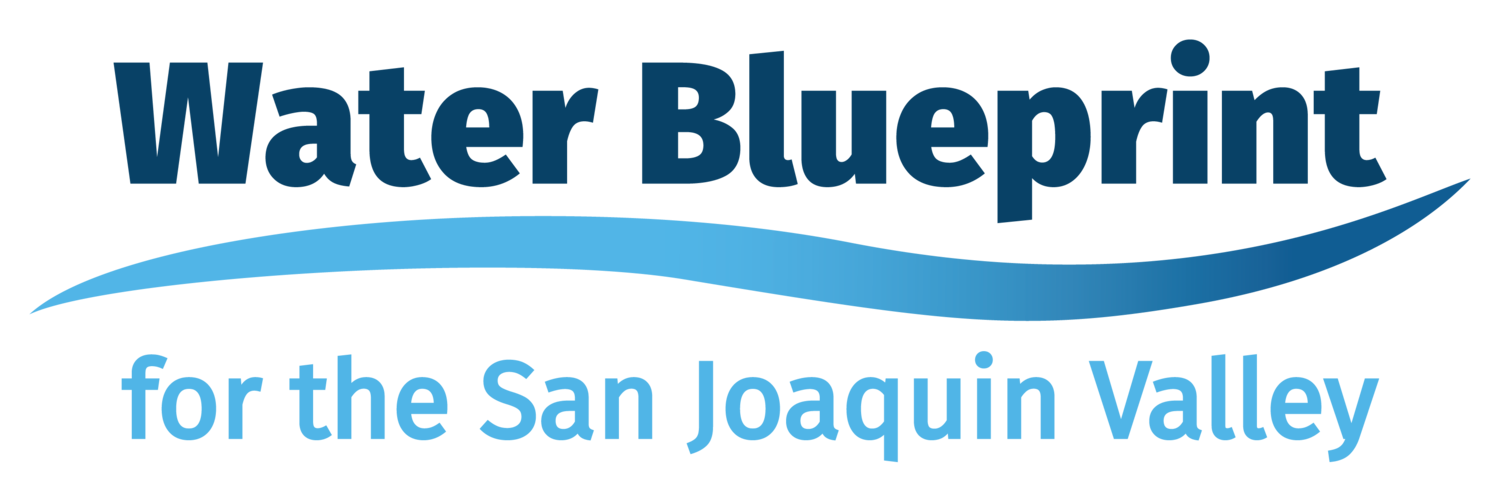We need solutions that support environmental stewardship with the needs of communities and industries throughout our state.


Our water supply system is in scarcity. California’s water infrastructure is unable to meet all of our existing needs…and we’re the fifth largest economy in the world.
The Public Policy Institute of California (PPIC) and others tell us that on average, California’s San Joaquin Valley experiences a water supply shortfall of 1.5 – 2.5 million acre-feet of water per year, enough to meet the needs of up to 14.7 million people or more than 830,000 acres of productive farmland.
And the problem is getting worse. Delta exports below historical levels, increased stream flows in support of environmental restoration, and climate change are only a few of the many policy and environmental improvements that are current and anticipated that will reduce the availability of local water supplies.
Water plays a vital role in California’s economy and without adequate supplies, the future of 40 million Californians is at risk, especially those already vulnerable to poverty.
Solutions to help California thrive.



Policy Changes: There are a number of actions that can be taken at the local and regional level to take advantage of excess flows during high precipitation years.

Infrastructure: Infrastructure is needed at a local level to move available water where it’s needed the most and to replenish our aquifers. Local agencies will direct and develop these improvements on their own, along with facilitating water markets and conservation actions.

Investments: For over 100 years, communities have relied upon groundwater to balance water supply needs. That once abundant underground water supply is now stressed to the point where a new plan for investments in water supply infrastructure will be needed to prepare Californians for a new future.
Economic Impacts to Our State
Economic analysis of current and anticipated water supply restrictions affecting the San Joaquin Valley
Based on an analysis of Sustainable Groundwater Management Act and other current and anticipated water supply restrictions, a study by University of California Berkeley economists, Dr. David Sunding and David Roland-Holst, concludes that up to one million acres may be fallowed in the San Joaquin Valley over a period of 2-3 decades as a result of reduced ground and surface water availability.
Key Findings Include:
$7.2 Billion
in annual farm revenue loss
85,000
jobs lost statewide due to Sustainable Groundwater Management Act and future surface water reductions
$2.1 Billion
in annual lost employee compensation statewide
4 Counties
Fresno, Tulare, Kern, and Kings will see the largest losses in employment and compensation
Read the preliminary results of the economic analysis, by Dr. David Sunding, of current and anticipated water supply restrictions affecting farmers, farm employees, and farm-related businesses in the San Joaquin Valley.
Water Blueprint for San Joaquin Valley
California is facing a major water supply shortfall in the Central Valley.
The Blueprint is a coalition of water users, water districts, farmers, commodity groups, and municipalities engaged with environmental non-governmental organizations, community-based groups, and academia to advance common sense water solutions for our state.

